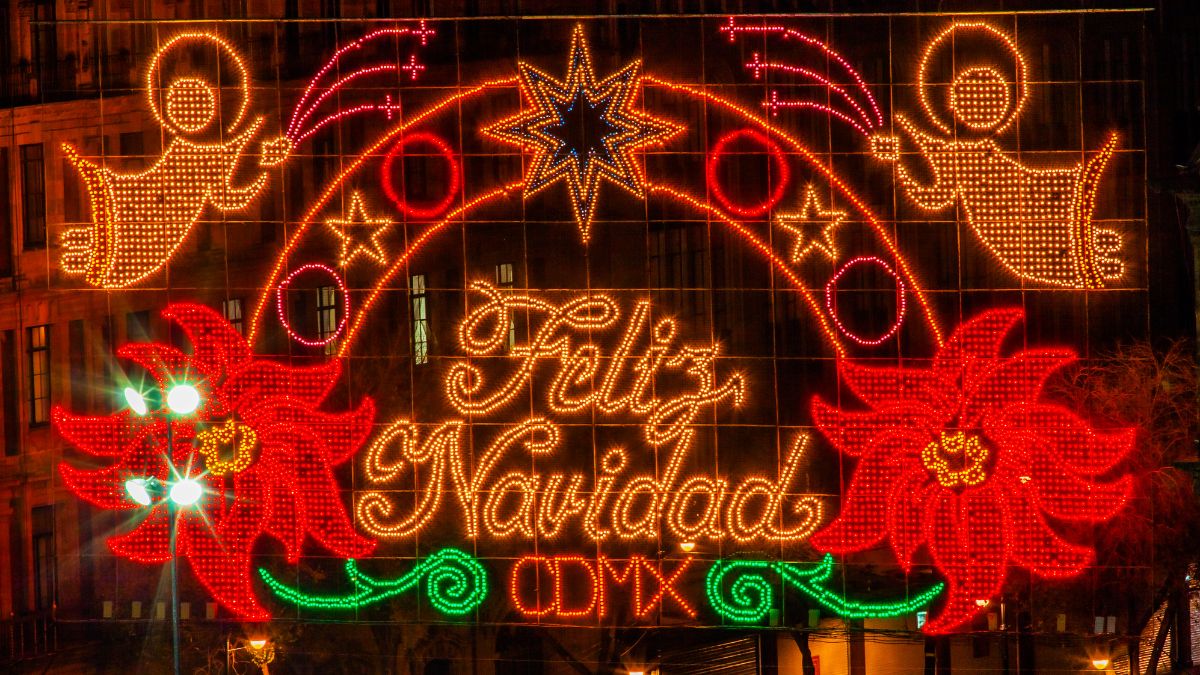
Christmas in Mexico, or “Navidad,” is a vibrant and deeply rooted celebration that blends indigenous and European traditions. It spans weeks of festivities, beginning with “Las Posadas” on December 16 and culminating in “El Día de los Reyes Magos” on January 6. Unlike in the United States, where the focus often centers on Santa Claus and Christmas Day, Mexican traditions emphasize family gatherings, religious observances, and unique cultural elements like the piñata and traditional foods.
What are the Christmas traditions in Mexico?
One of the most cherished Mexican Christmas traditions is “Las Posadas.” This nine-day reenactment symbolizes Mary and Joseph’s search for shelter in Bethlehem. Each evening, neighbors gather to sing, pray, and share food, culminating in breaking a star-shaped piñata. The piñata’s seven points represent the seven deadly sins, and breaking it symbolizes overcoming temptation.
Other traditions include the setting up of elaborate Nativity scenes (“Nacimientos”), the singing of Christmas carols (“villancicos”), and the preparation of festive dishes like tamales, buñuelos, and ponche.
What does Las Posadas represent?
“Las Posadas” represents the biblical story of Mary and Joseph’s journey to find a safe place for the birth of Jesus. This tradition not only fosters a sense of community but also serves as a reminder of the spiritual significance of Christmas. The final posada, held on Christmas Eve, marks the transition to Nochebuena (Holy Night), which is often celebrated with a midnight Mass (“Misa de Gallo”).
ALSO READ. Mexican traditions: what does las posadas mean?
How does Mexico celebrate Christmas differently than the US?
While Christmas in the United States often centers around Santa Claus, gift exchanges, and commercial decorations, Mexico’s celebrations are deeply tied to religious and cultural traditions. In Mexico, Christmas is less about shopping and more about faith, family, and community. For example, the custom of attending midnight Mass on Christmas Eve and the importance of “Las Posadas” highlight the spiritual aspect of the season.
ALSO READ. Squid Game 2. The brands involved in marketing the most watched series on Netflix
When did Quetzalcoatl replace Santa Claus?
In 1930, an ambitious yet short-lived attempt was made to replace Santa Claus with Quetzalcoatl, the ancient Aztec deity known as the Feathered Serpent. This initiative was part of a nationalistic effort led by President Pascual Ortiz Rubio to promote Mexican cultural identity and diminish foreign influences.
On December 23, 1930, a grand event took place at the Estadio Nacional in Mexico City. A performer dressed as Quetzalcoatl appeared on a stage designed to resemble an Aztec temple. He distributed gifts to children, symbolizing wisdom and renewal rather than material wealth. Despite its grandeur, the event failed to resonate with the predominantly Catholic population, who found it challenging to reconcile a pre-Hispanic god with the Christian holiday.
Why did the Quetzalcoatl initiative fail?
The failure of Quetzalcoatl as a Christmas symbol highlights the deep emotional and spiritual connections that traditions hold. For most Mexicans, Christmas was intrinsically linked to the story of Christ’s birth and European customs like Saint Nicholas. The attempt to substitute Santa Claus with Quetzalcoatl, while innovative, clashed with the cultural and religious identity of the people.
The Quetzalcoatl initiative offers valuable lessons in branding and cultural alignment. It underscores the importance of understanding the emotional and cultural context of the target audience. Introducing a new symbol or idea requires careful consideration of established traditions and values. For modern marketers, the story serves as a reminder that authentic and culturally sensitive campaigns resonate more effectively with audiences.
What is Christmas in Mexico called?
Christmas in Mexico is called “Navidad.” The term derives from the Latin word “nativitas,” meaning birth, signifying the nativity of Jesus Christ. “Navidad” reflects the religious essence of the holiday, celebrated through customs like “Las Posadas,” Nativity displays, and Masses.
What are other unique Mexico Christmas traditions?
Mexican traditions include the use of poinsettias (“Flores de Nochebuena”), which originated in Mexico and symbolize the holiday season. Additionally, the Christmas Eve feast often features traditional dishes like romeritos and bacalao, and gifts are frequently exchanged on January 6, “El Día de los Reyes Magos.”
Why is the Christmas celebration in Mexico so special?
Mexico’s Christmas celebrations are unique because of their deep blend of indigenous and European influences. From the vibrant “Las Posadas” to the enduring symbolism of the Nativity scene, each element reflects centuries of cultural evolution. The warmth of community gatherings, combined with the spiritual focus of the season, makes Mexican Christmas celebrations truly special and memorable.










